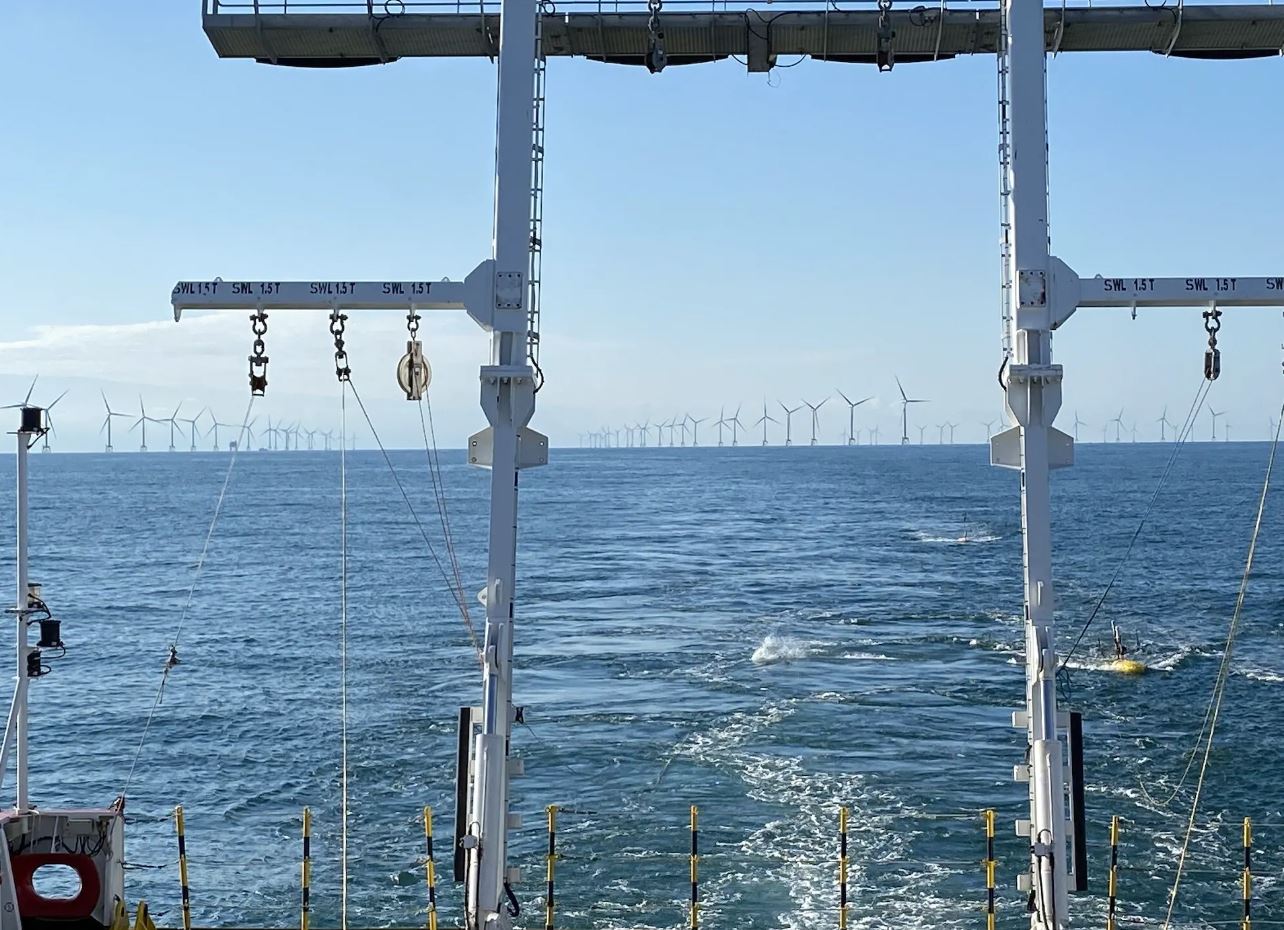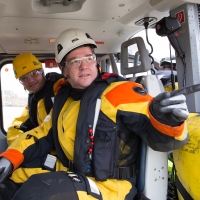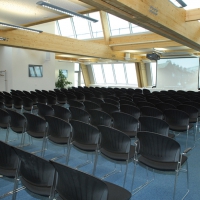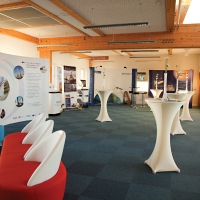Germany’s Federal Maritime and Hydrographic Agency (BSH) has awarded Fugro a geophysical survey contract for two offshore wind farm sites in the German exclusive economic zone (EEZ) in the North Sea.
Working together with Fraunhofer Institute for Wind Energy Systems (IWES), Fugro’s Geo-data will be integrated with its ultra-high resolution multichannel seismic data (UHR MCS) and used by BSH to develop geological models of the offshore sites and support subsequent geotechnical investigations.
Fraunhofer IWES will be responsible for conducting the multichannel seismic survey, dedicated data processing, and interpretation.
A dense data rasted will be generated totalling 2,393 kilometre survey lines, according to the press release.
The sub-bottom profiler data provides detailed structural imaging of sediments up to 15 metres below the seafloor while the UHR MCS data penetrates more than 100 metres to capture images of small sedimentary bodies and deep valley structures carved by glaciers and filled with younger sediments, Fugro said.
The project is planned to start this week with Fugro mobilising a dedicated survey vessel to perform high-precision positioning, sub-bottom profiling recording, and interpretation.
The final result will be a preliminary subsurface model that can be used as the basis for future geotechnical survey campaigns as well as to reduce the risk for the future installation of wind farms, according to the Dutch geo-data specialist company.
“The geophysical investigation is one of the first steps in the planning phase of offshore wind farms. We support the wind energy sector by providing timely, high quality MCS data, maintaining a focus on developing the technology and providing suitable solutions”, said Julia Haberkern, Group manager of the Geophysical Site Characterisation group in Fraunhofer IWES and project lead.
The sites are due to be auctioned in the coming years and will play a significant role in Germany’s energy transition plan which aims to achieve a target of 30 GW by 2030.
At the beginning of this year, BSH published a new area development plan for the expansion of offshore wind energy. The plan outlines the build-out of offshore wind by 2030, by when the country is to reach 30 GW of capacity connected to its grid, and sets the stage for further deployment of wind turbines at sea, with the 2035 target of 40 GW estimated to be exceeded.

Sourced by: offshorewind.biz













